Variety of Apples
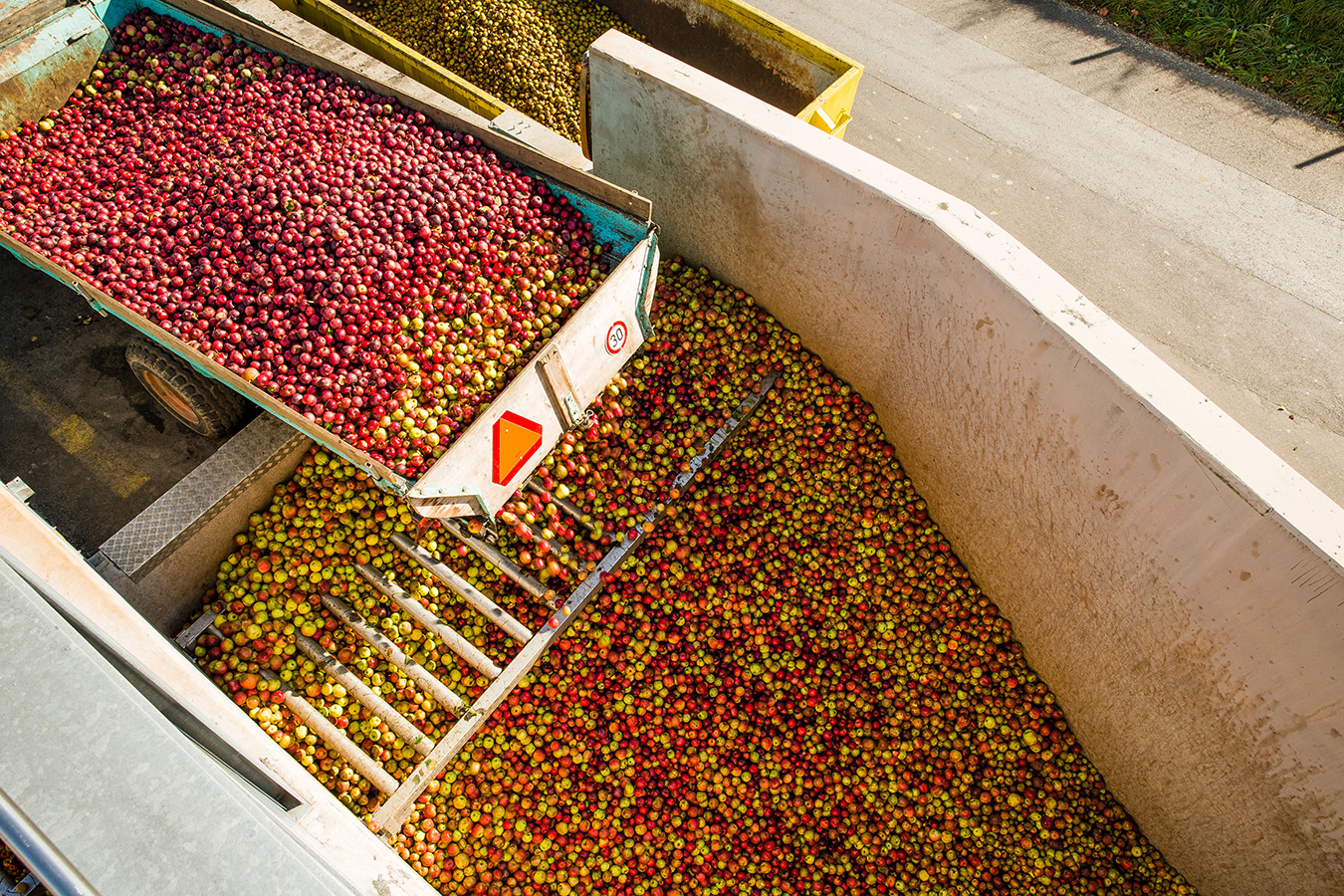
Differences between apple varieties
There are 20,000 different apple varieties in the world. Around 1,000 of them grow in Switzerland. The varieties differ in their appearance, taste, harvest time and storage. Each type of apple is best used for eating, juice-making or cooking.
Fruit for eating and fruit for juice-making
There’s a difference between apples and pears that are ideal for eating and ideal for juice-making. Some varieties of apples and pears can be eaten without any preparation required. There are lots of varieties, however, that are grown to be used in juice-making. They have the high acidity that gives apple juice and cider its strong signature taste. There’s also the option to turn eating apples into juice if they’re initially rejected because they don’t meet the expectations in terms of their appearance, colour or size.
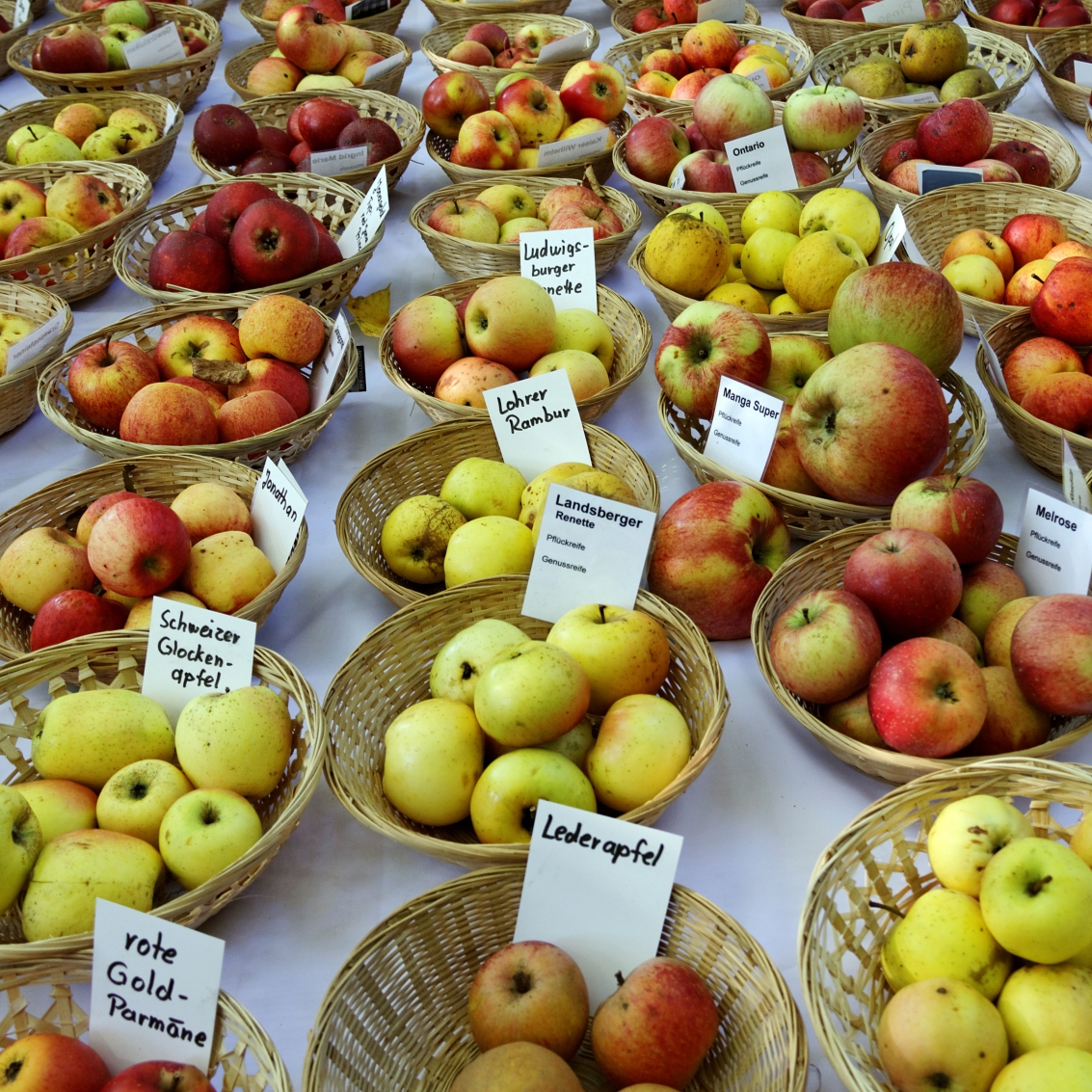
Apple varieties in
RAMSEIER Apple Juice
RAMSEIER uses 31 apple varieties to produce its apple juice. The ratio has to be just right to achieve that deliciously distinctive taste.

Berner Rosen
The Berner Rosenapfel was created by chance and discovered by a farmer in Oppligen in the canton of Bern in around 1890. It’s juicy and sweet with a nicely spicy flavour. It is harvested in the middle of October and can be stored in a cellar until February.
Blauacher
The Blauacher is an old traditional variety of cider apple. It is believed to have been first found in the Weinfelden district of Thurgau. The flesh is firm, crisp and juicy with a tart taste, high sugar content and high acidity. The tree blossoms very late in the year, so a springtime frost doesn’t tend to pose a problem.
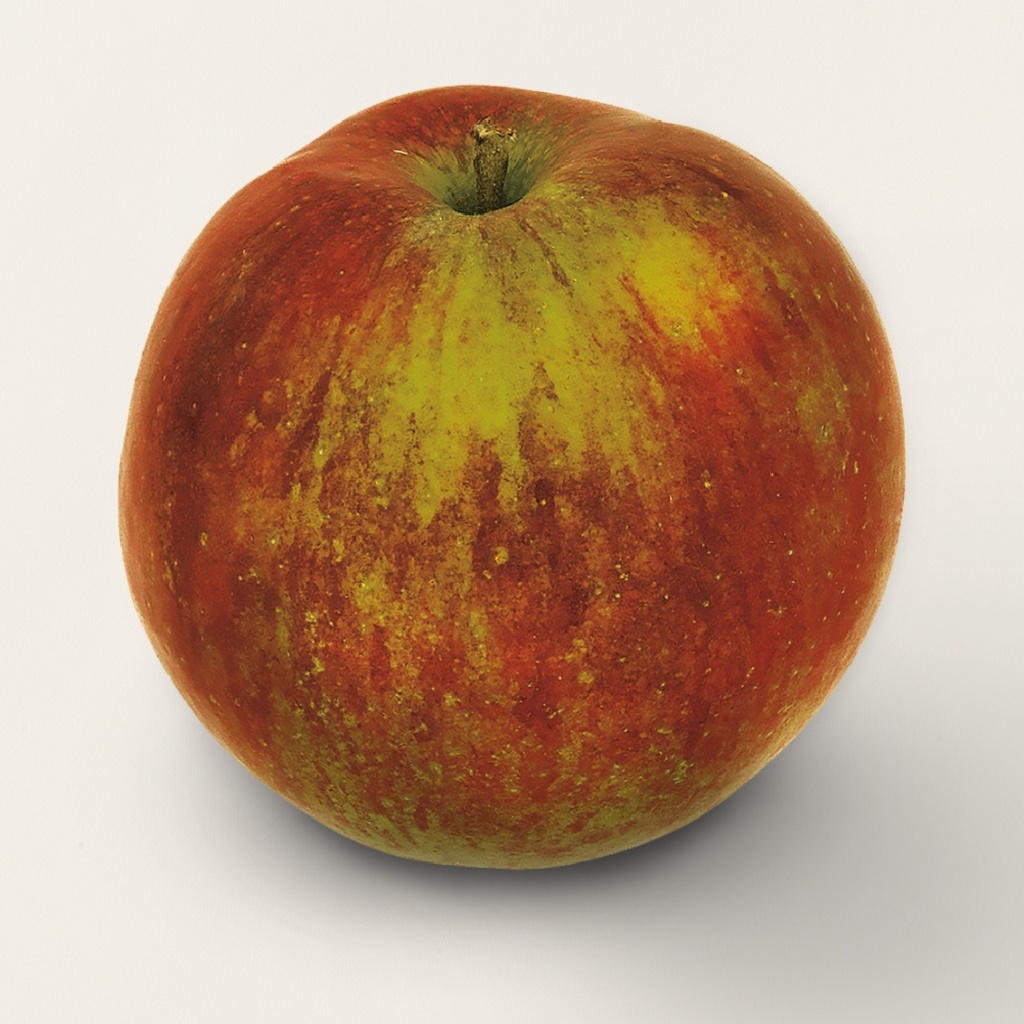

Bohnapfel
The Bohnapfel is a hardy old cider apple from the Rhineland area of Germany. It has been grown there since the middle of the 18th century. The flesh is firm, juicy, acidic and slightly tart with a subtle flavour. It’s ideal for blending with other varieties of apples for juice-making. The tree can bear a lot of fruit in one year but tends to be biennial. It’s not very susceptible to diseases.
Boskoop
The Boskoop is a Dutch apple that has been around since the middle of the 19th century. The flesh is soft, juicy and aromatic with a slightly tart taste. It has a high acid content. The Boskoop is used in juice-making but also in cooking. It is delicious in apple sauce as well as traditional Swiss apple tarts and cakes. This variety grows on standard trees that are resistant to diseases.
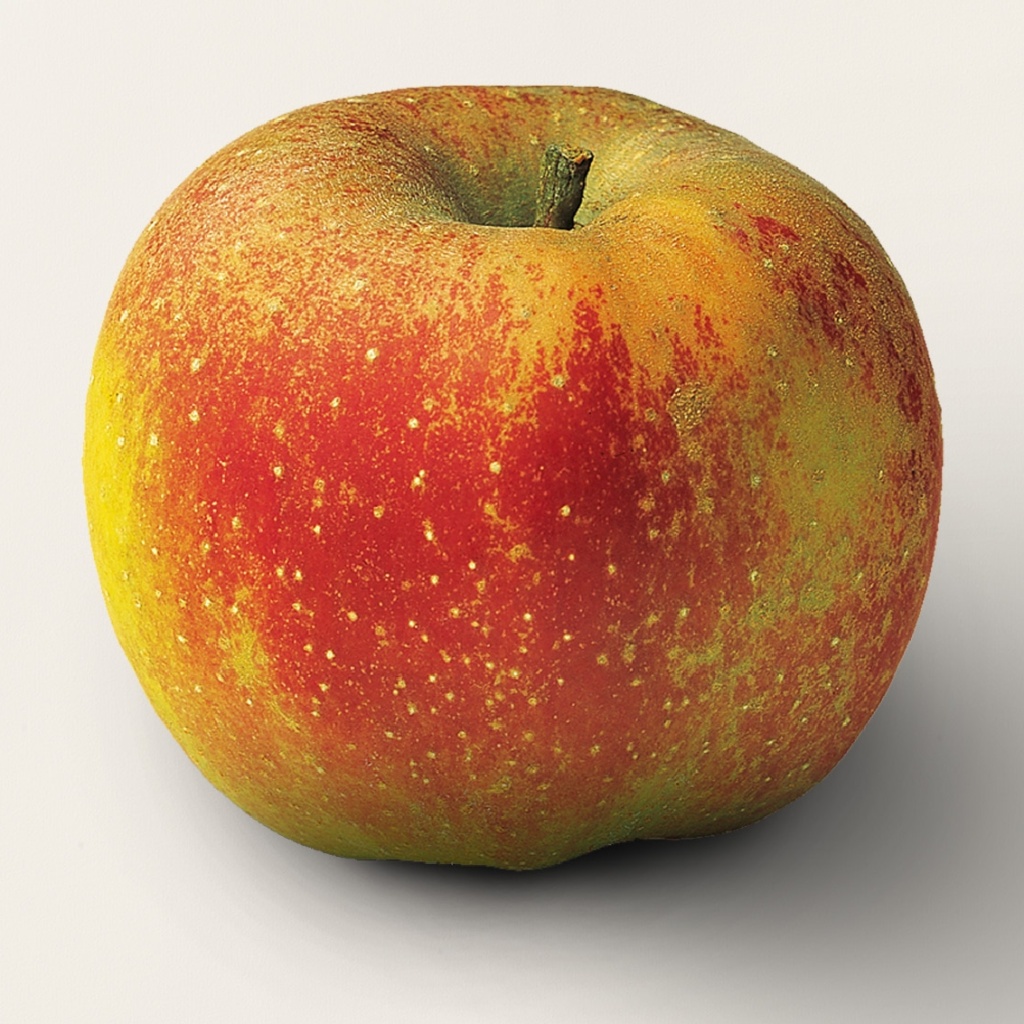

Engishofer
The Engishofer is a classic juice-making apple from Thurgau. The flesh is very firm, crisp and juicy. It has a high acid and sugar content. The tree demonstrates strong growth, has a high yield and tends to be biennial.
Grauer Hordapfel
The Grauer Hordapfel is a highly regarded cider apple. It comes from the canton of Thurgau, where it was mentioned back in the second half of the 19th century. Its flesh is crisp and quite juicy with a high sugar and acid content. The apples can only be stored for a limited time, so they have to be processed quickly. The tree is resilient and doesn’t tend to be biennial.
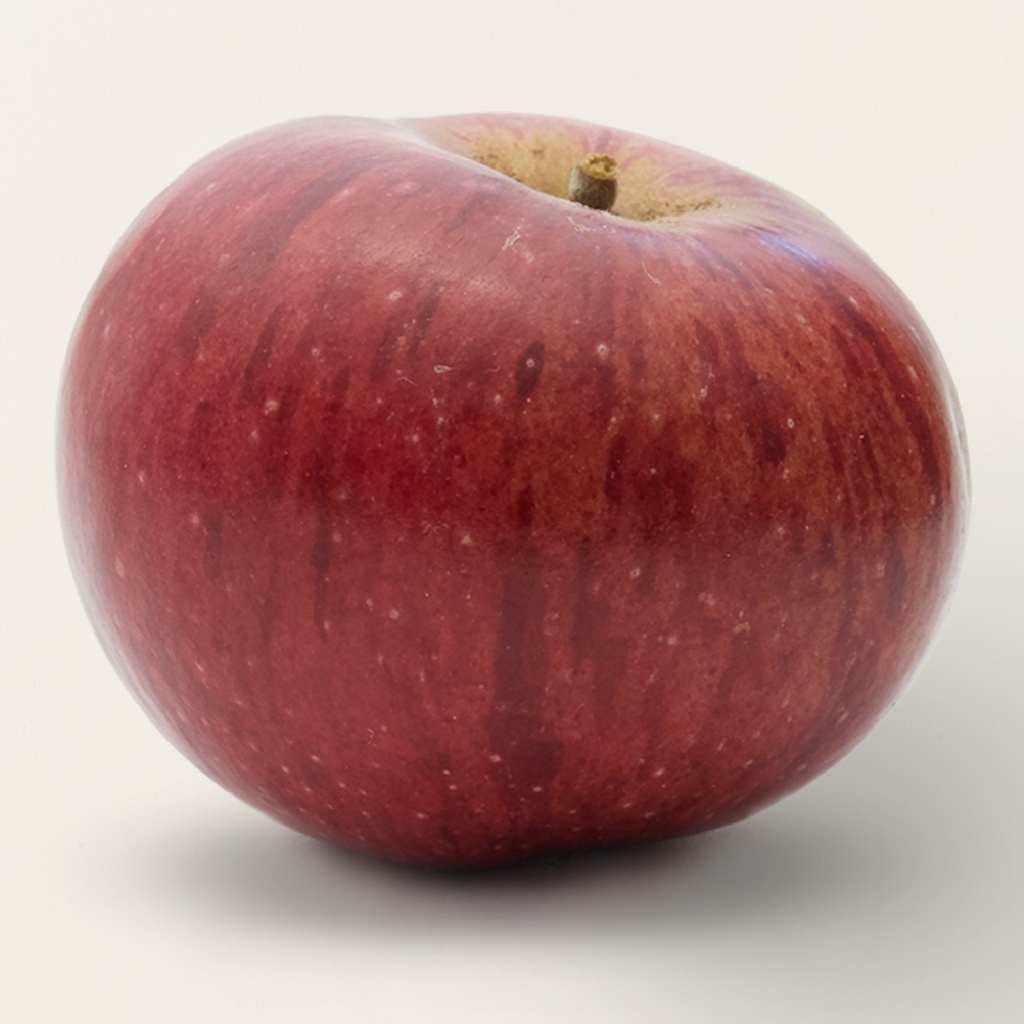
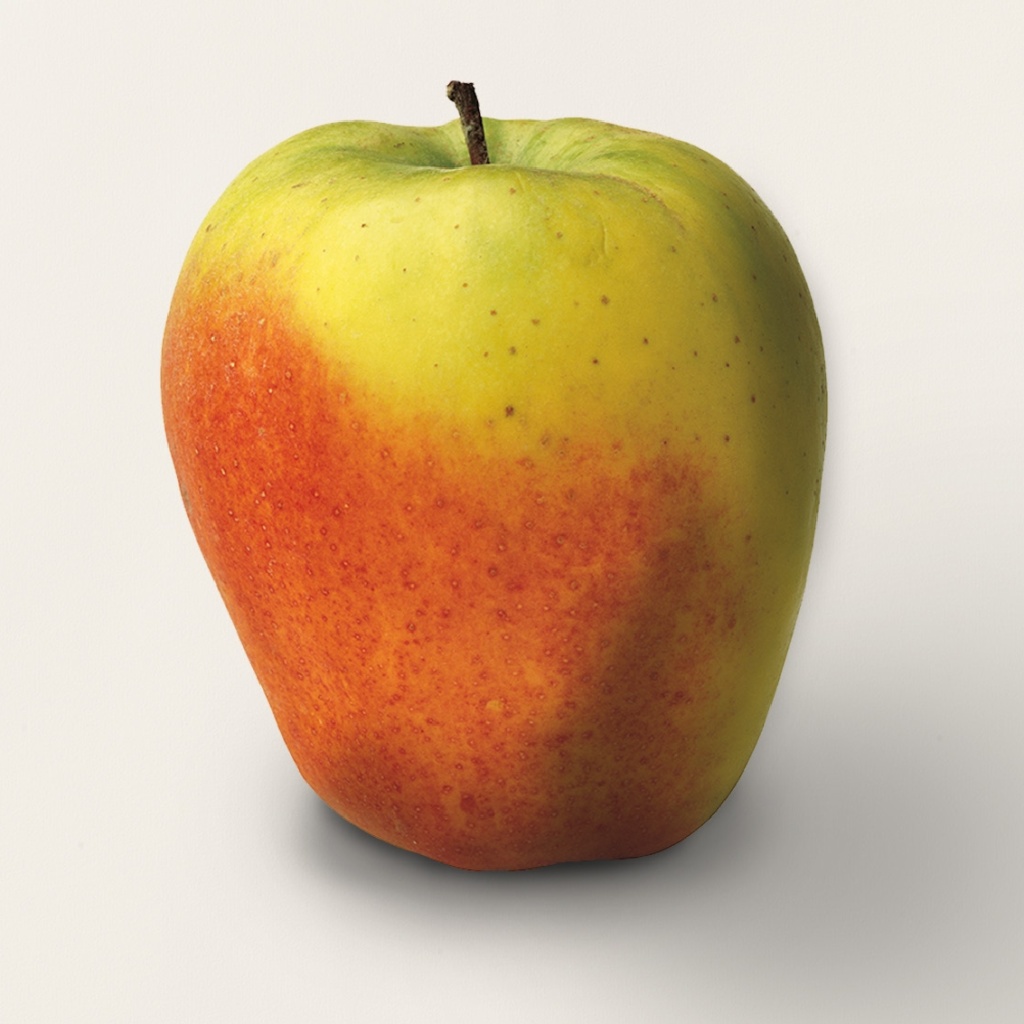
Glockenapel
There is no concrete information about where exactly the Glockenapfel originally comes from. It was either Switzerland or the area surrounding Hamburg. Its flesh is firm, crisp and juicy with a refreshing acidity. It is harvested in October and can be stored in a cellar until spring. Glockenapfel is a classic eating apple but is also popular as a cooking apple, especially for apple strudel. The tree is highly resistant to diseases and can be grown any way.
Maigold
The Maigold was cultivated by the Swiss Federal Research Institute in Wädenswil in 1964. The fruit is sweet and sour with a typically fragrant aroma. It stores well, which makes it a popular eating apple. The tree doesn’t like cold weather and need lots of sun in the spring for the blossom to grow.
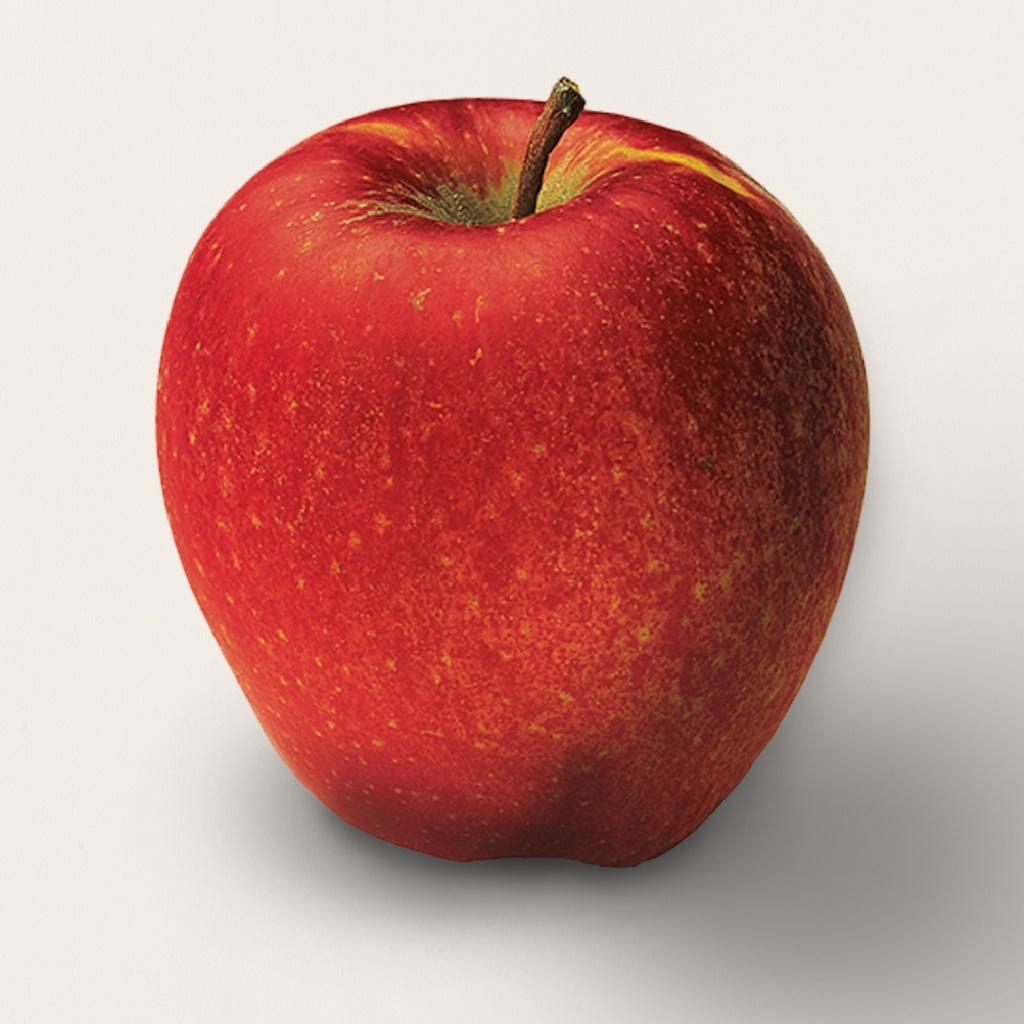
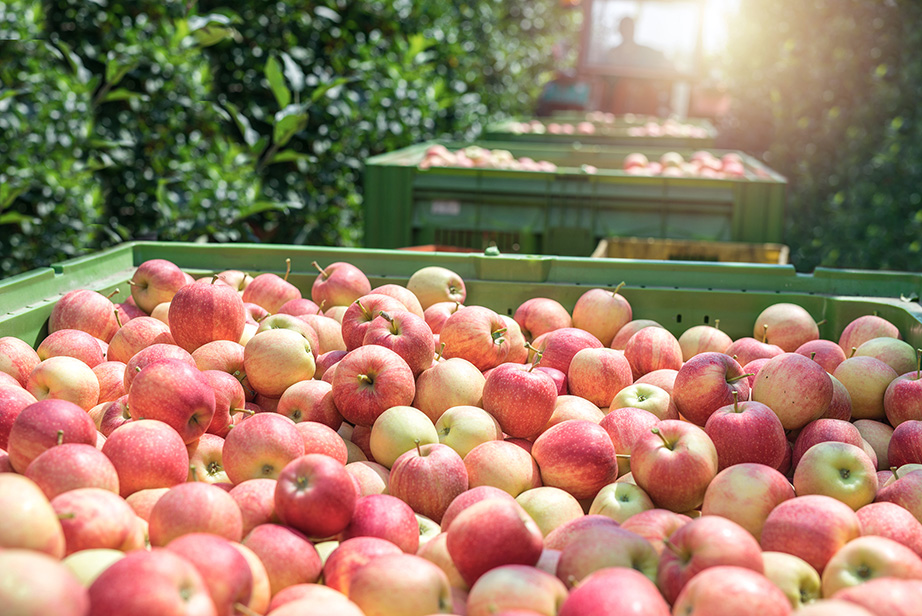
Apple availability and storage
Apples were traditionally stored in cellars at temperatures just above freezing over the winter. They were an important source of vitamins during the colder months. These days, they can be kept in temperature-controlled rooms with extremely high humidity all year round.
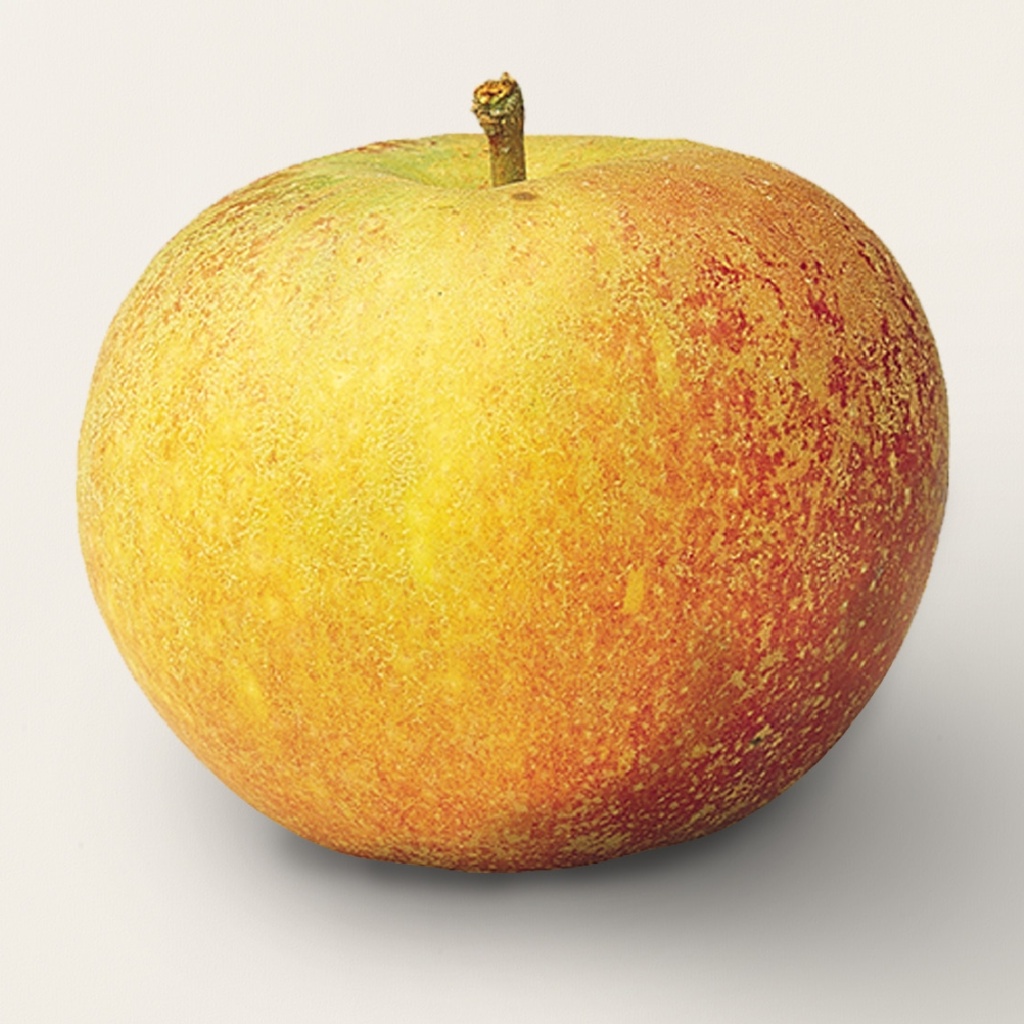
Cox’s Orange
The Cox’s Orange Pippin was first grown by Richard Cox in England in 1825. It has been a popular apple around the world since the middle of the 19th century. The flesh is juicy and fairly firm with a spicy yet fruity flavour. It is enjoyed everywhere as an eating apple even though it can’t be stored for long. The apple loses its crispness after too long in storage. The tree is only moderately resistant to diseases.
Gravensteiner
The Gravensteiner is an old traditional variety that was discovered in Denmark in 1669. The flesh is moderately firm and very juicy with a sweet and sour taste. It can be enjoyed fresh or as an ingredient. Since it isn’t suitable for long-term storage, this apple is only available during the autumn. The tree has very strong growth – even as it becomes older – and comes to have a large crown circumference. These trees can live to be 100 years old.


Heimenhofer
The Heimenhofer originated in the canton of Appenzell in the 19th century. Its flesh is firm, juicy and nicely spicy. It’s a typical juice-making apple that can also be enjoyed as an eating apple. The tree is robust with frost hardy blossom, which means it can survive and thrive in areas at relatively high altitude. The apples rot quickly when they land on the ground, so they need to be collected regularly.
Canada Reinette
The Canada Reinette appeared in a book about apple varieties in France back in 1771. Its flesh is crumbly and relatively juicy with a high sugar content but low acidity. This apple is ideal for cooking. The Canada Reinette is harvested in October and can be stored in a cellar until February. The trees grow best in dry conditions, so they thrive in the Swiss cantons of Valais and Grisons.
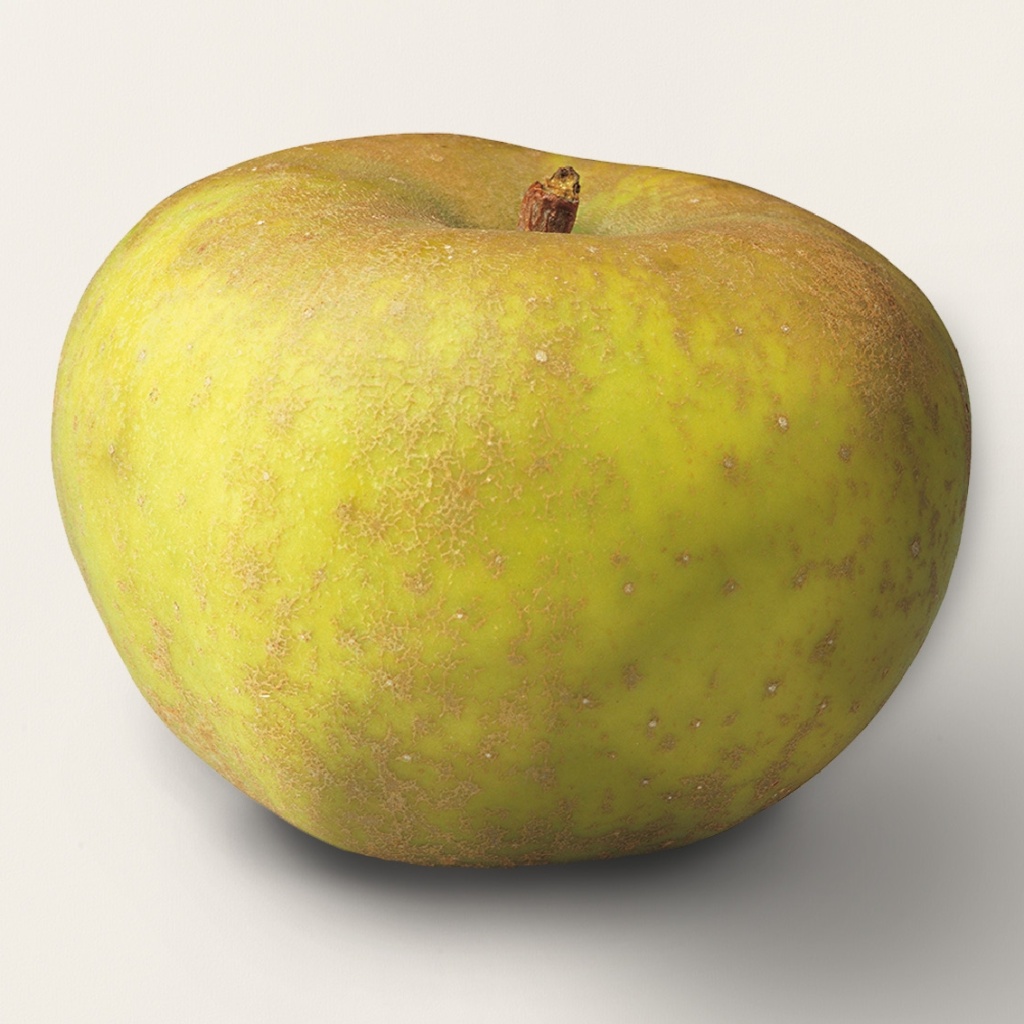
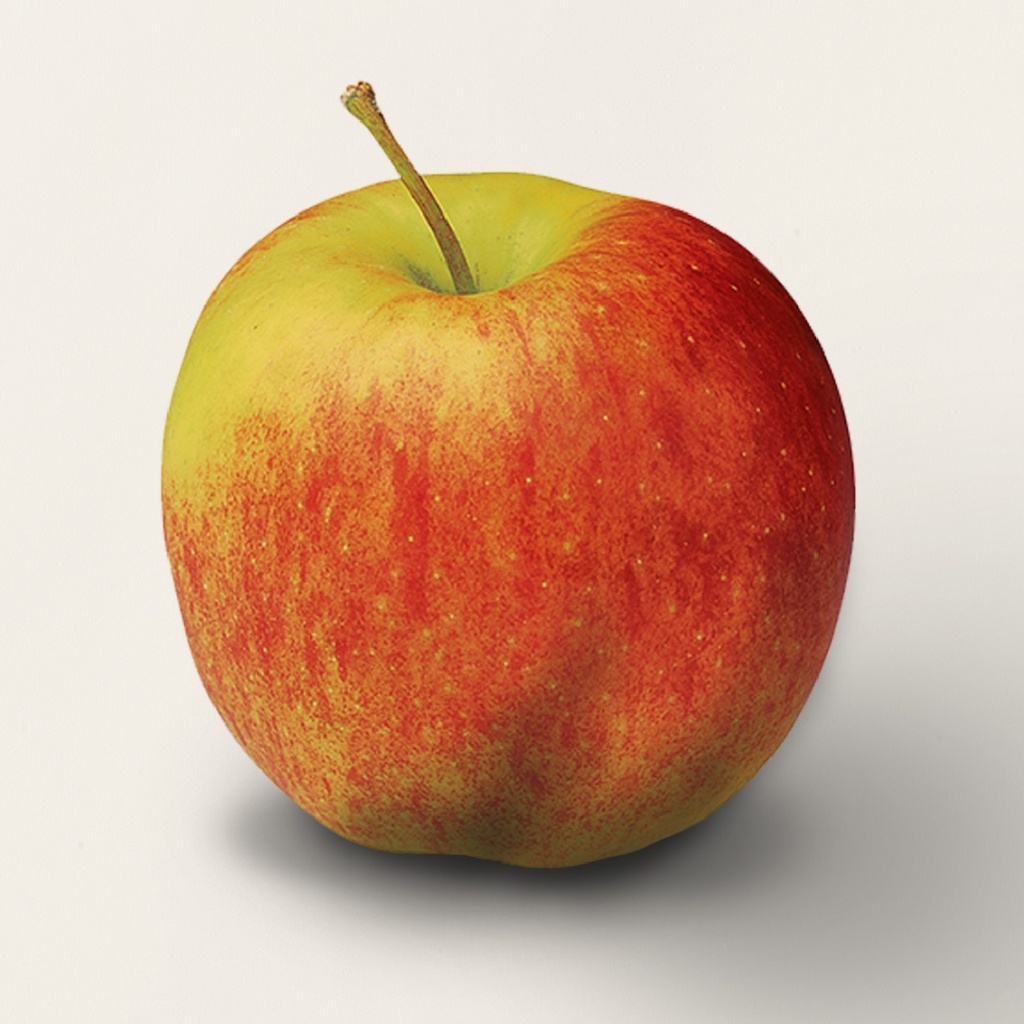
Jonagold
The Jonagold is a cross between a Golden Delicious and Jonathan. It was released in the USA in 1968. Its flesh is moderately firm, juicy, high in sugar and only slightly sour. The Jonagold is a popular eating apple. In fact, it’s one of the most common types of apples eaten in the Mediterranean area.
REanda
The Reanda was cultivated by the Institute of Fruit Research in Dresden-Pillnitz in Germany in 1982. It is an excellent apple for juice-making thanks to its high acidity. The tree is extremely robust and requires minimal plant protection measures.
That makes it ideal for planting with other apple trees in orchards that are managed intensively. It doesn’t tend to be biennial.
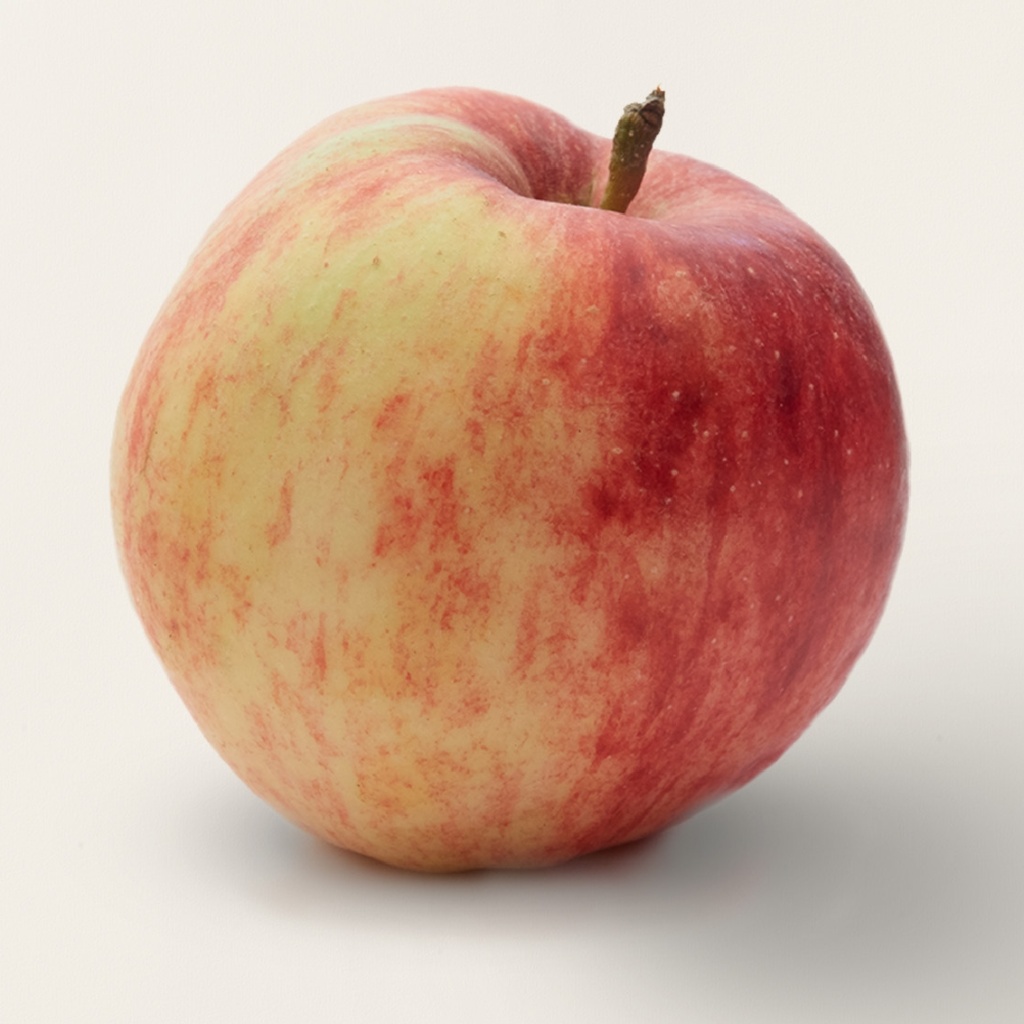
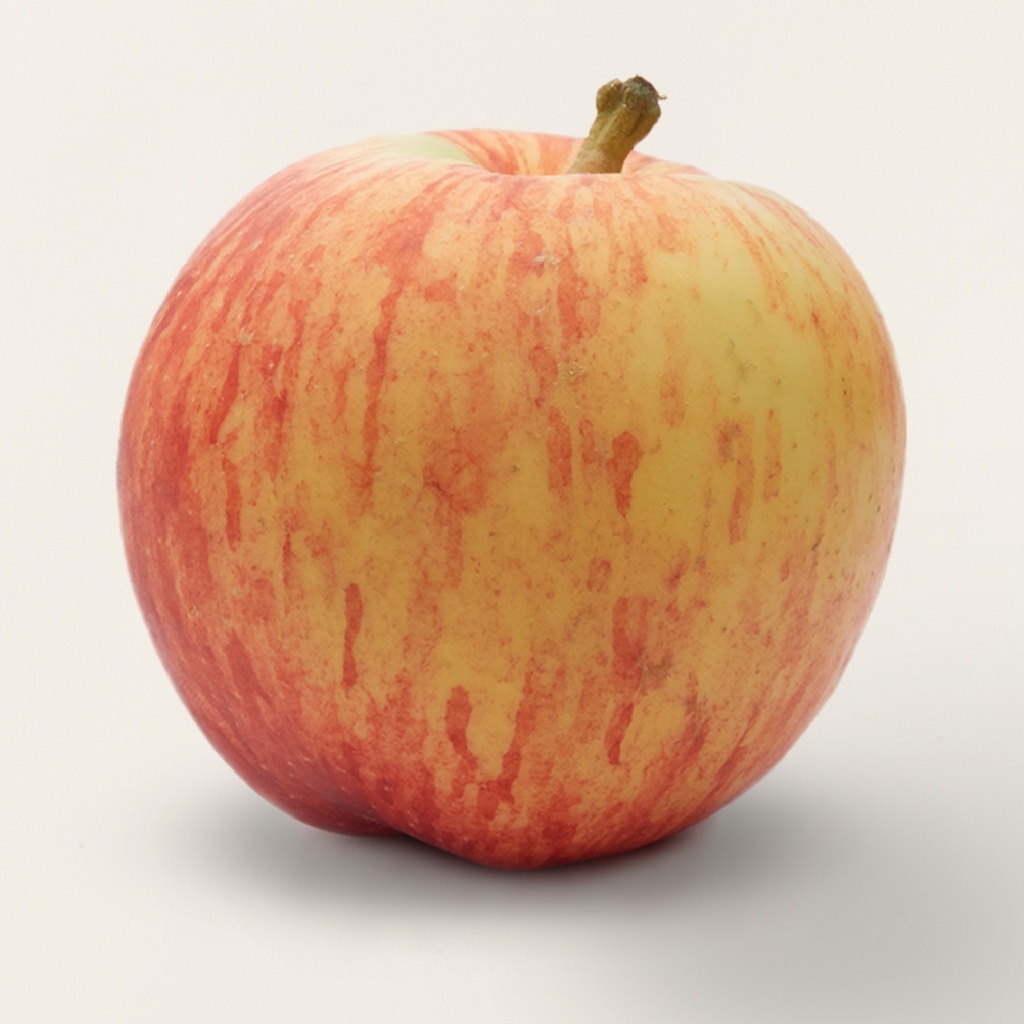
Remo
The Remo was cultivated by the Institute of Fruit Research in Dresden-Pillnitz in Germany in 1990 specifically for juice-making. The apple is extremely sour, so it’s not suitable as an eating apple. The tree is highly resistant to diseases, requires minimal plant protection measures and is ideal for planting in orchards that are managed intensively. It is also frost hardy and doesn’t tend to be biennial.
Rubinette
The Rubinette was discovered by a Swiss grower called Walter Hauenstein in 1966 but wasn’t released until 1982. Its intensely fruity flavour, size, sugar content and acidity make the Rubinette a popular eating apple. The apple can be stored in a cellar until January and then in cold storage until March.
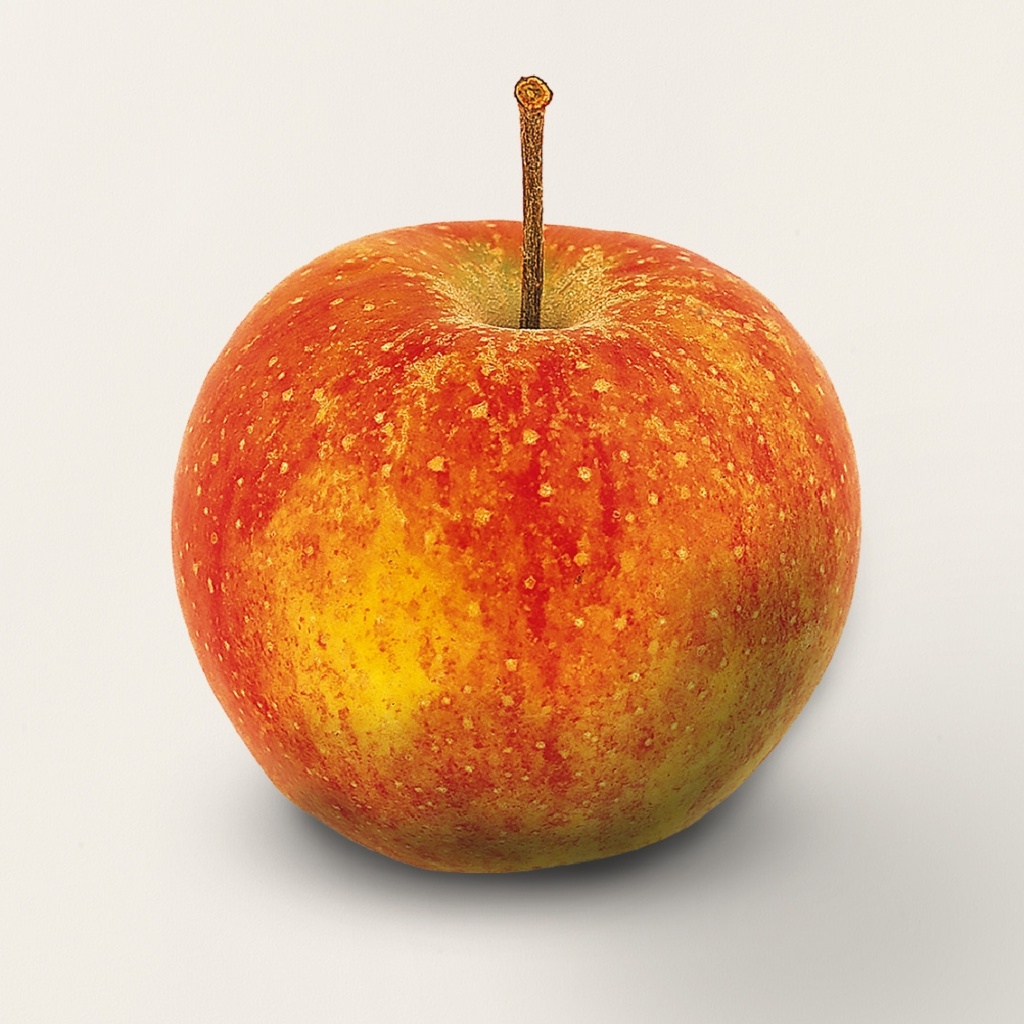
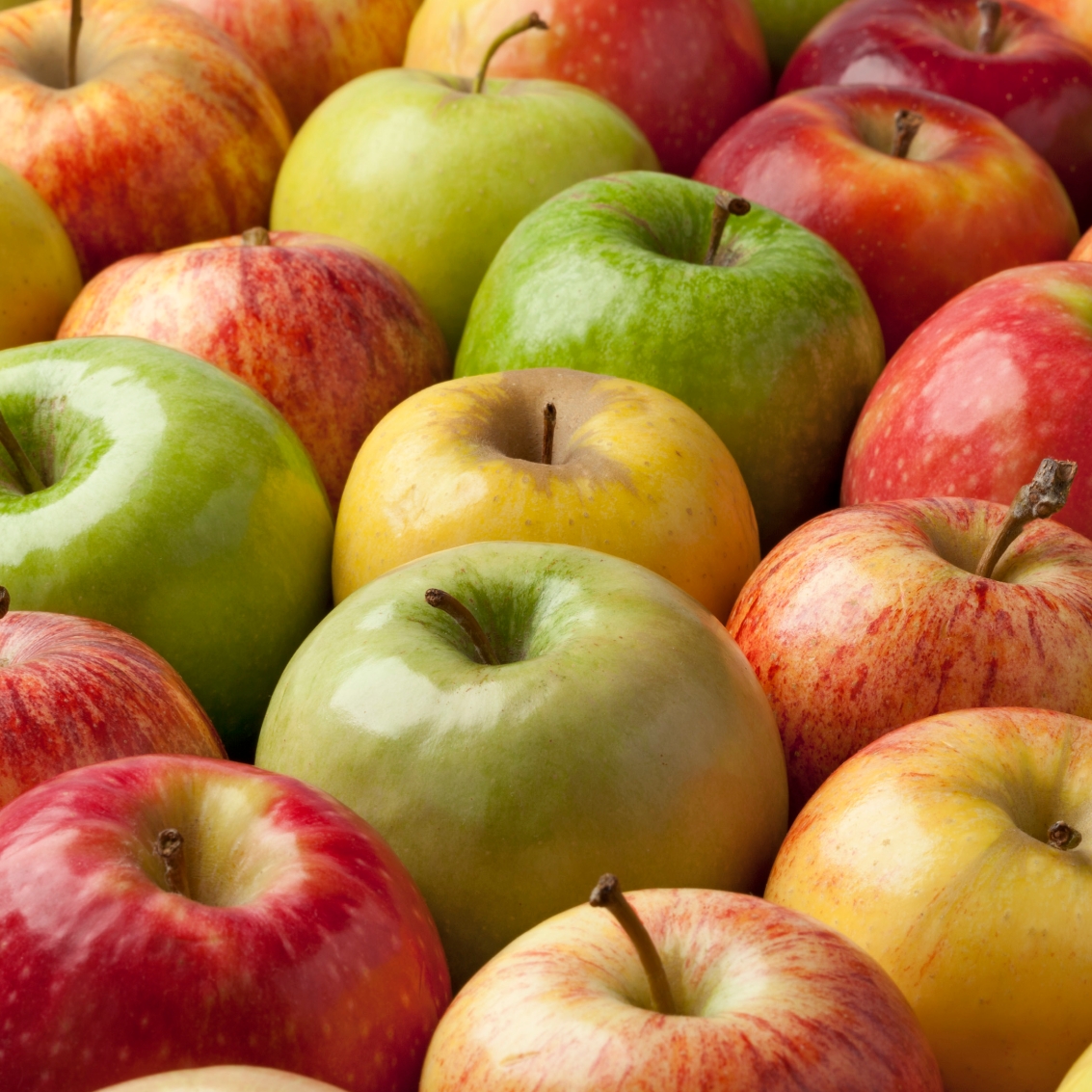
Did you know?
People in Switzerland eat more apples than chocolate! According to the Swiss Federal Office of Public Health, the per capita consumption of apples in a year is 15.8 kg. For chocolate, the same figure is only 11.7 kg.

Pinova
The Pinova was cultivated in East Germany and released in 1986. Its flesh is firm, sweet, sour and extremely aromatic. This is an eating apple that can also be used for juice-making.
Gala
The Gala originated in New Zealand and was shared with the world in 1960. This crisp and juicy eating apple with a mild, sweet flavour is a huge hit with children. In Switzerland, Gala apples are harvested from the end of August to the middle of September.
They can be stored almost all year round. The tree has a high yield and is by far the most common variety grown in Switzerland.


Pinova
The Rewena is a juice-making apple that was cultivated by the Institute of Fruit Research in Dresden-Pillnitz in Germany in 1988. Its flesh is crisp, sour and slightly tart. The tree has strong growth, is highly resistant to diseases and requires minimal plant protection measures. It has a high yield, doesn’t tend to be biennial and is ideal for planting in orchards that are managed intensively.
Sauergrauech
The Sauergrauech comes from the canton of Bern and has been around since the 18th century. The apple is fruity and nicely aromatic with a refreshing acidity. The relatively small fruit is ideal for juice-making but can also be enjoyed in desserts or eaten fresh. The tree is reasonably robust and has a high yield but does tend to be biennial.
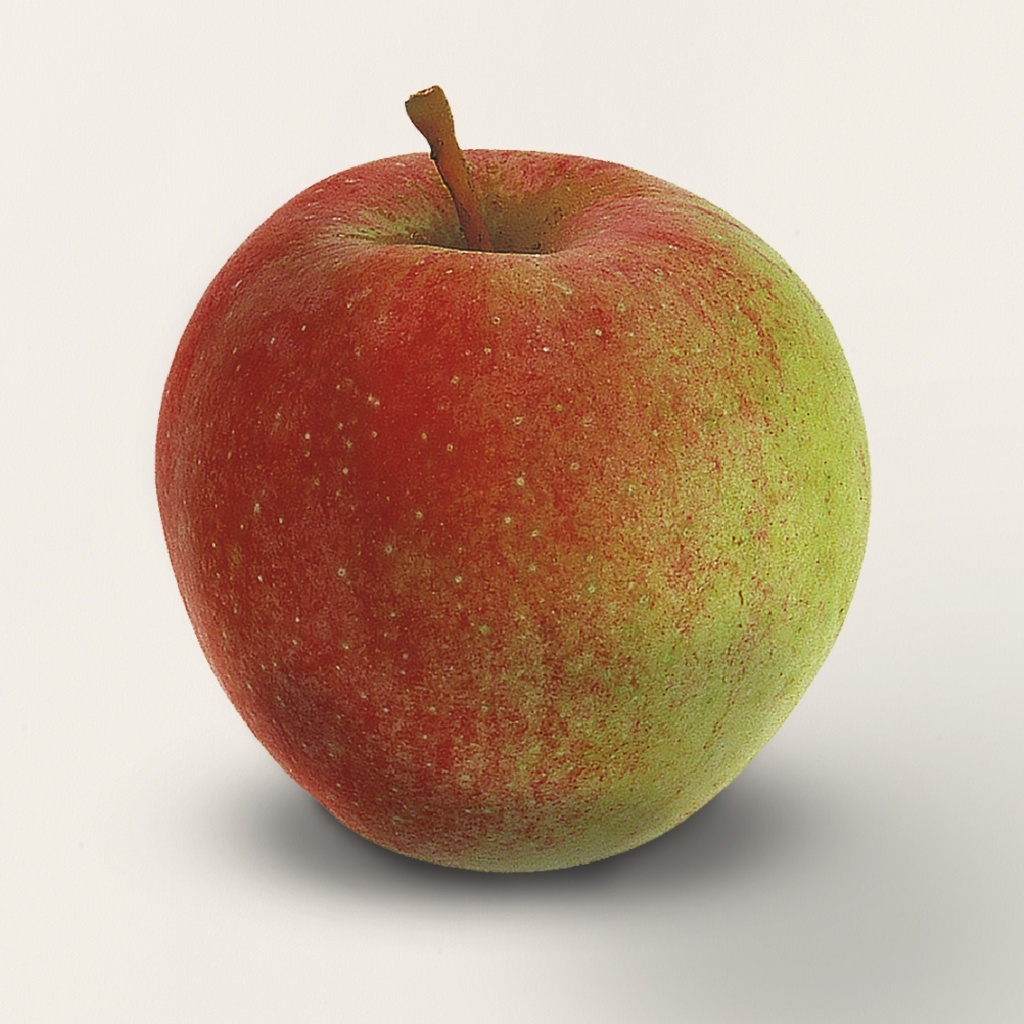
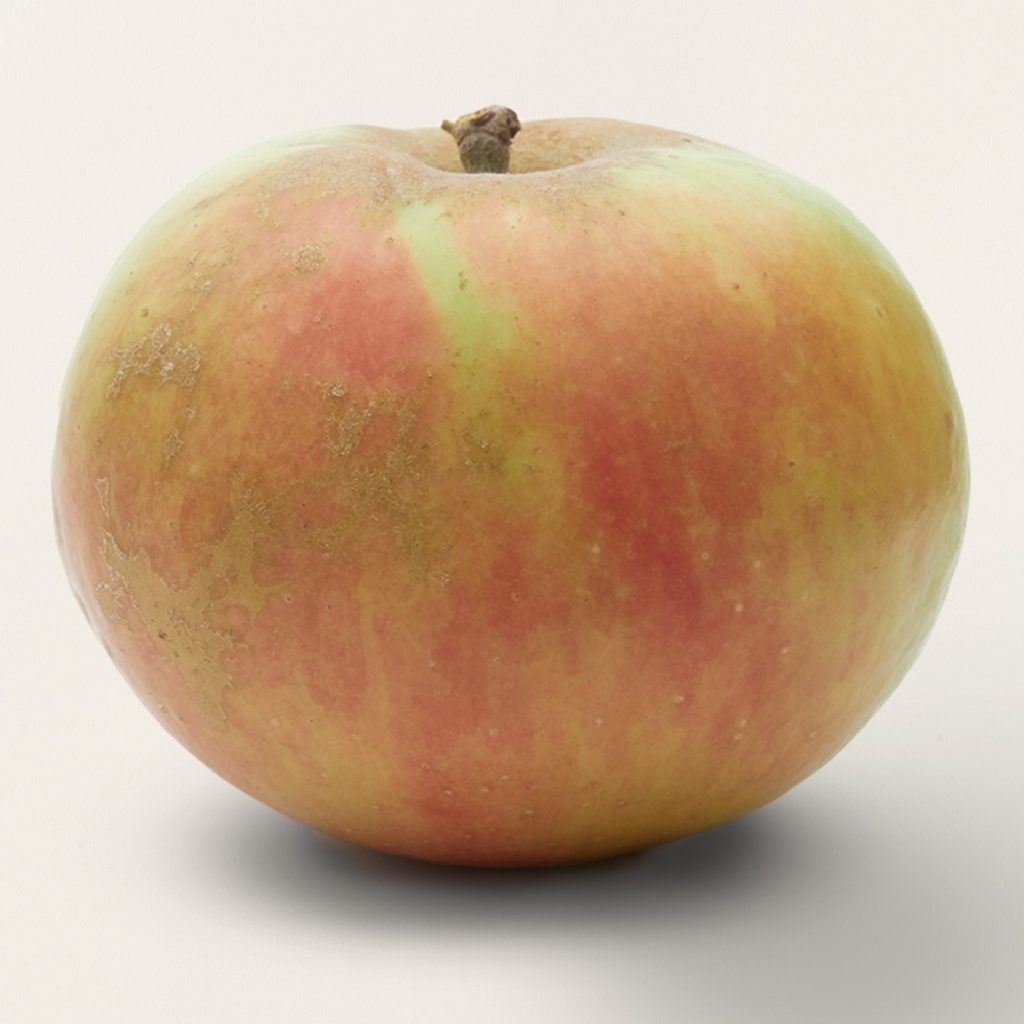
schneiderapfel
The Schneiderapfel is an old variety from the canton of Zurich. It dates all the way back to 1764. Its flesh is firm, crisp and extremely juicy with a sweet and sour flavour. It is an excellent apple for juice-making and a popular cooking apple. The tree is frost hardy and robust on the whole. It demonstrates very strong growth and is slow to start bearing fruit.
Spartan
The Spartan was cultivated in Canada in 1936. Its flesh is fairly firm, juicy and sweet with just a hint of acidity. The tree is relatively frost hardy. It’s regular with its high yield and doesn’t tend to be biennial. The Spartan is used for juice-making and also enjoyed as an eating apple.
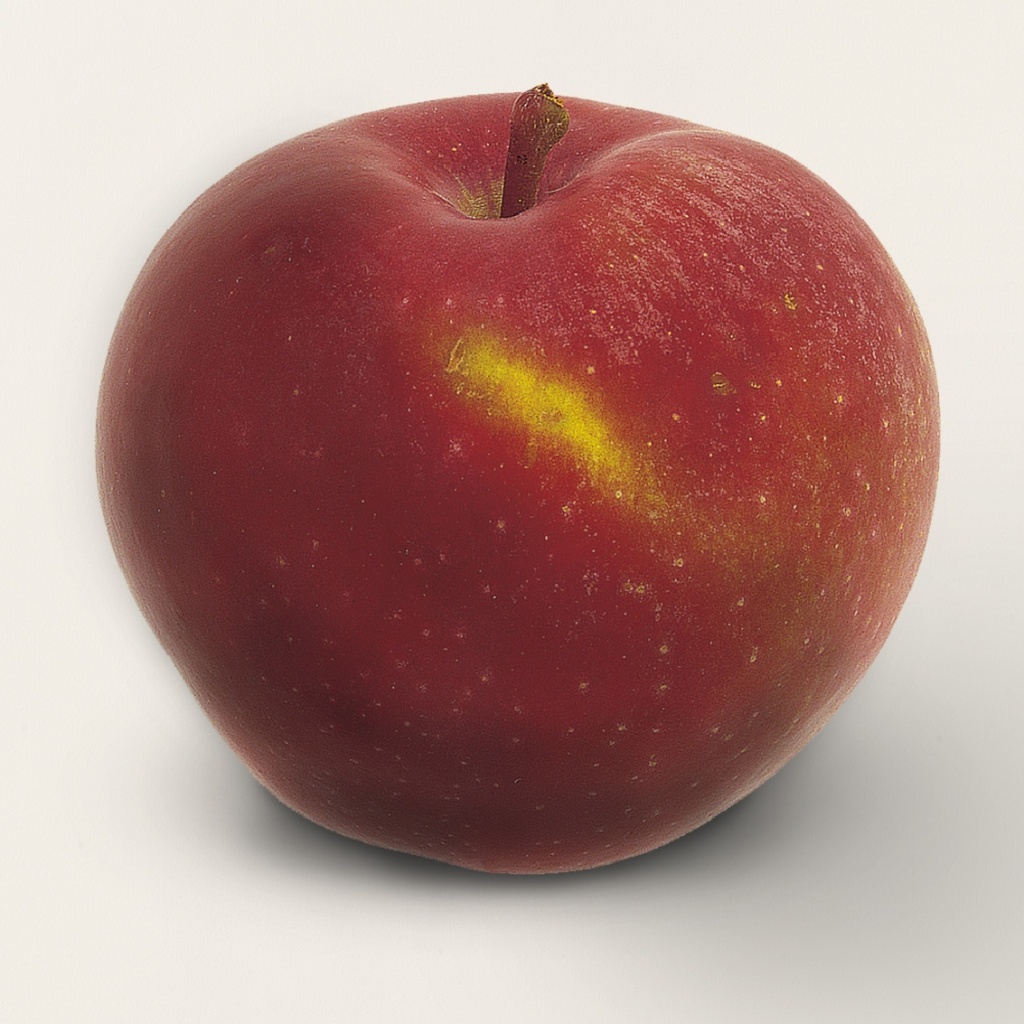

Thurgauer Weinapfel
As the name suggests, the Thurgauer Weinapfel comes from the canton of Thurgau. It was already a popular apple there back in the middle of the 19th century. Its flesh is crisp, quite coarse and juicy with a sweet flavour and sour aftertaste. The apples are harvested from the middle of October and stored until March. They are popular apples for juice-making.
Tobiässler
The Schneiderapfel is an old variety from the canton of It is believed that the Tobiässler originated in the canton of Basel, but it’s now widespread in the east of Switzerland.
The apple’s flesh is firm, crisp and juicy with high acidity. It’s ideal for juice-making but too sour to enjoy as an eating apple.
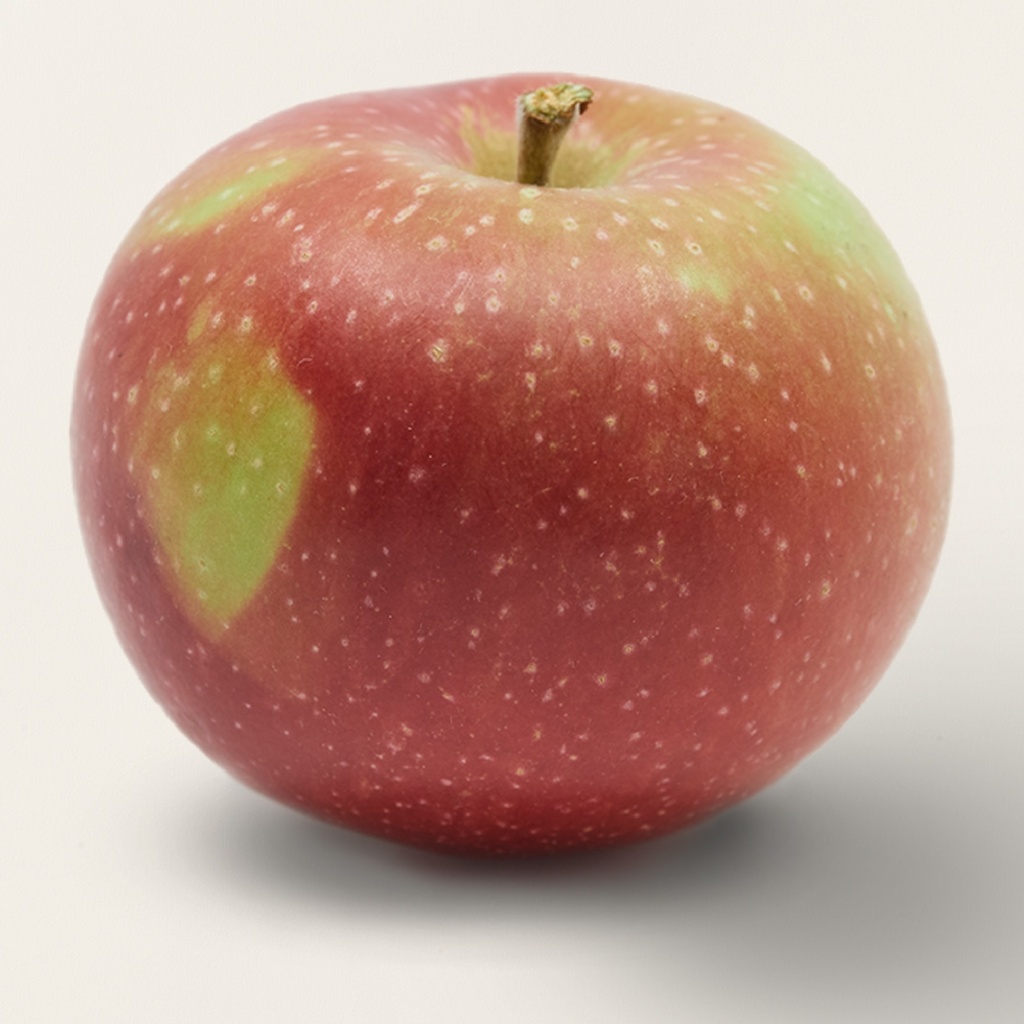

Did you know?
Cows love apples too! When farmers let their cows graze among their apple and pear trees, they have to make peace with the fact that their animals are going to help themselves to the fruit on the low branches. If farmers don’t want the cows to eat the fruit, they have to put up fences around their trees.
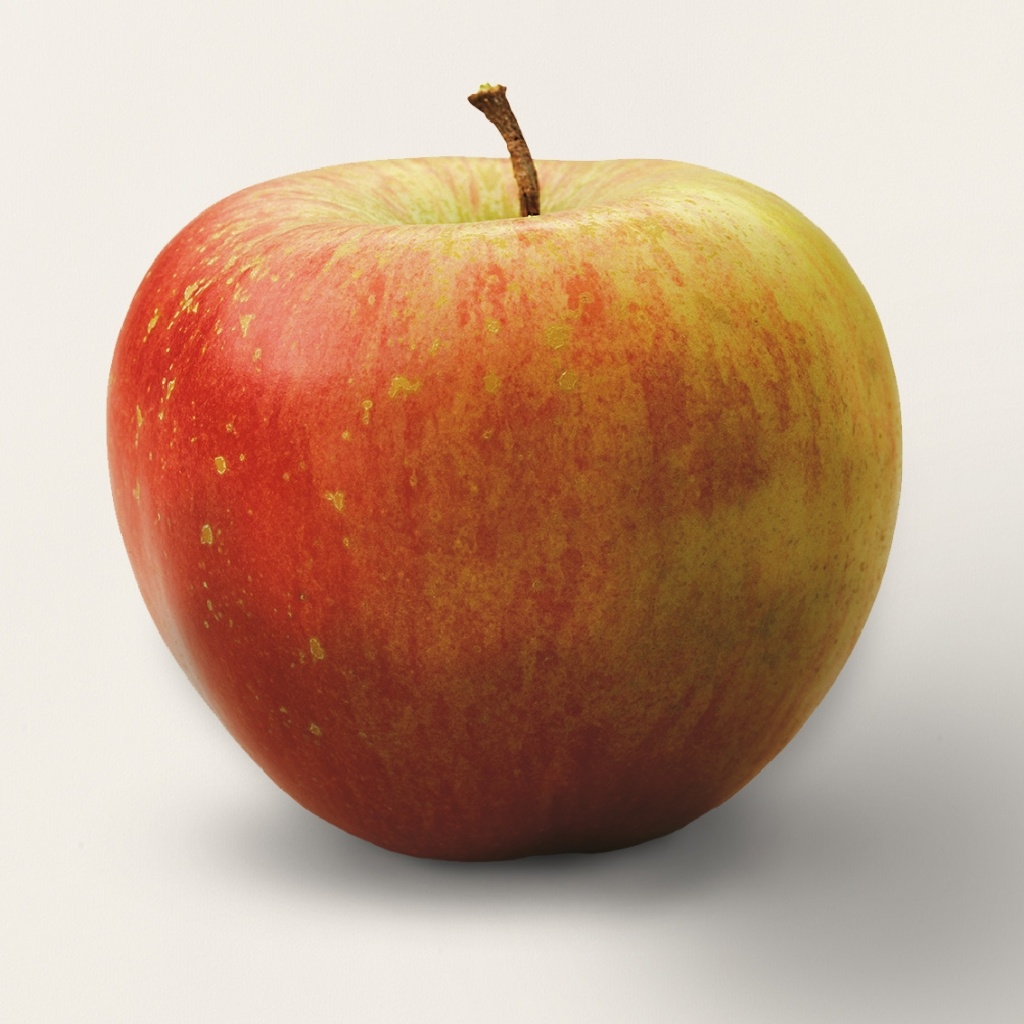
Kidd’s orange
The Kidd’s Orange is a cross between a Red Delicious and Cox’s Orange Pippin that was created in New Zealand in 1924. This crisp, aromatic and juicy apple has a high natural sugar content. This is a classic eating apple that also makes a welcome addition to apple cake thanks to its sour flavour.
Rubinola
The Rubinola was cultivated in the Czech Republic in 1980. Its flesh is firm, juicy, sweet and aromatic. Packed with vitamin C, these apples are ideal for eating fresh or using in cooking. The tree is ideal for organic farming due to its high resistance to diseases.
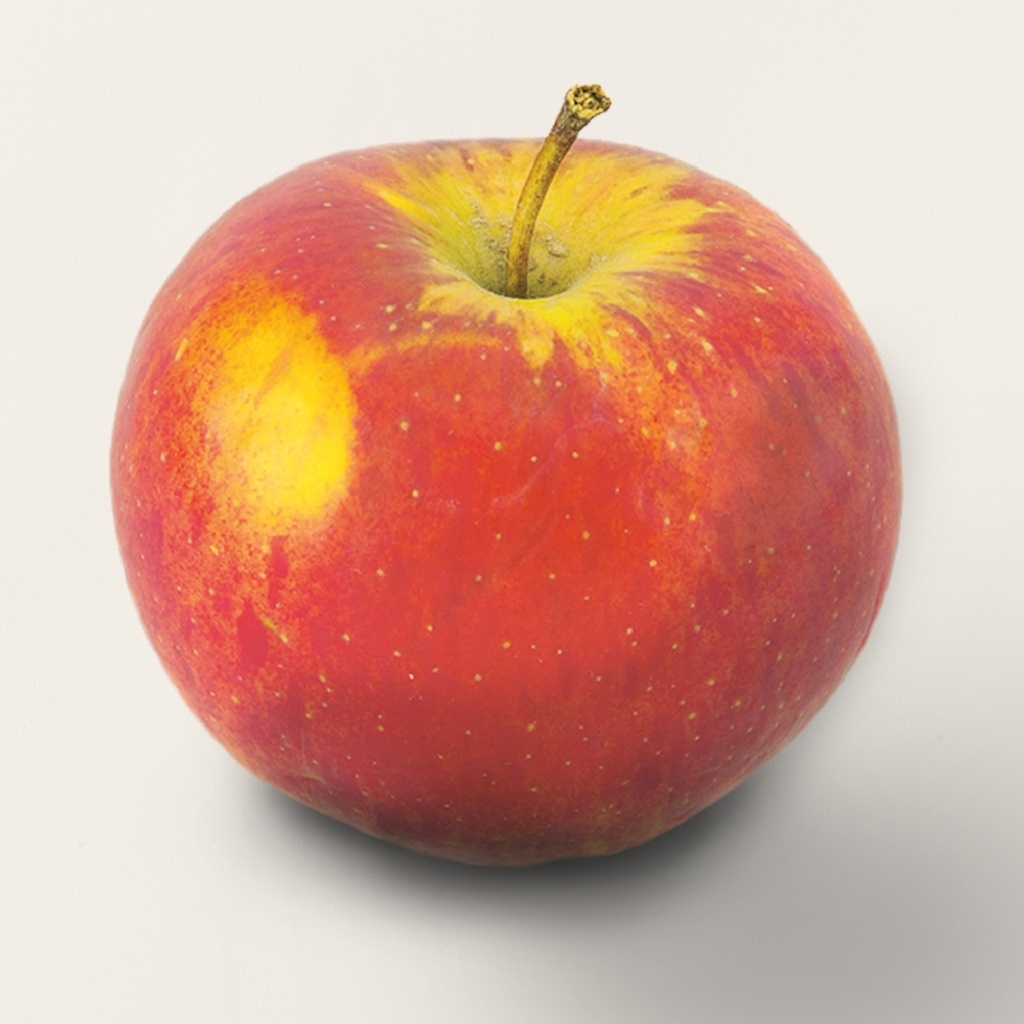
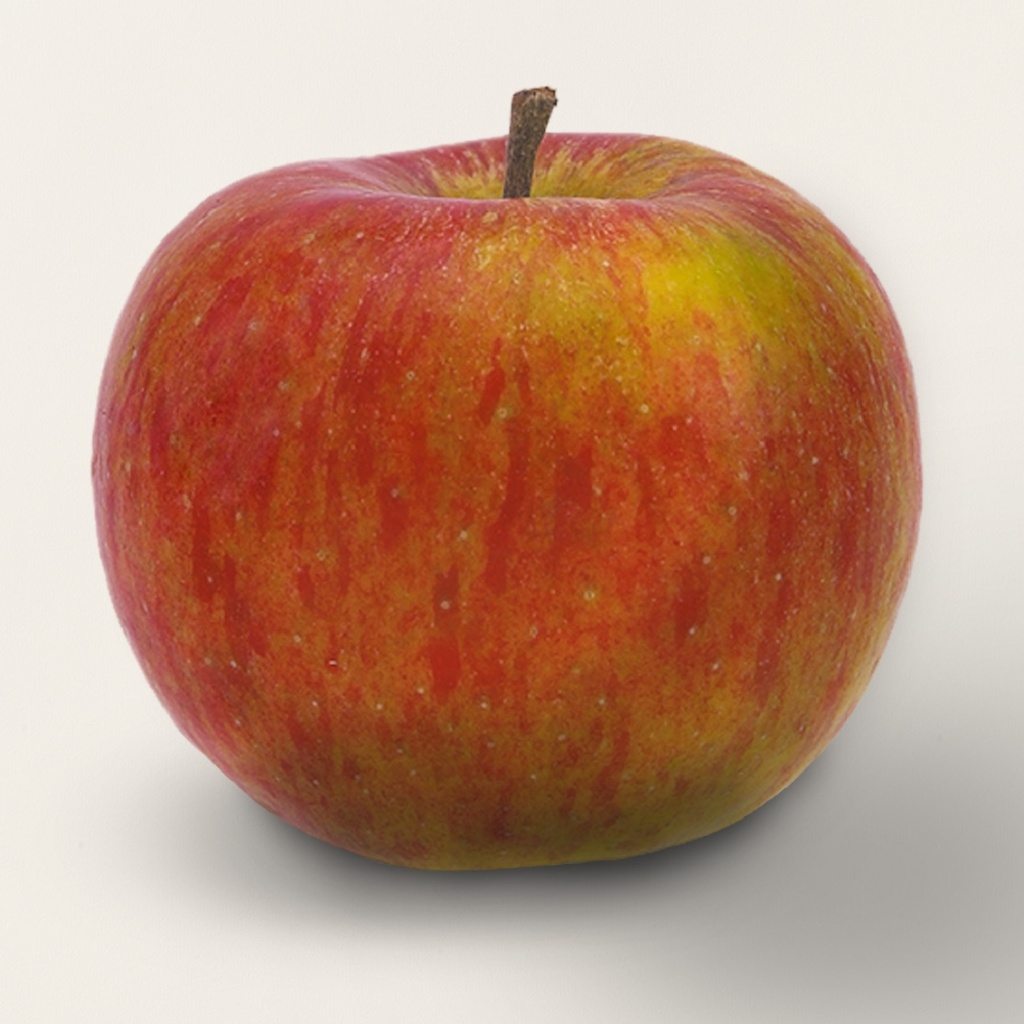
Topaz
The Topaz was cultivated in the Czech Republic in 1993. Its flesh is firm, juicy and highly aromatic with a sweet and sour flavour. It is bursting with vitamin C. The tree is slow growing and bears fruit very early.
Wilerrot
The Wilerrot comes from the canton of Aargau and is believed to be related to the Sauergrauech apple. This eating apple is juicy, sweet and mild with little acidity.
It’s harvested at the end of October and can be stored until the end of February. The tree grows well on the whole and develops a thick canopy. It does need a sunny, open area to thrive, however.
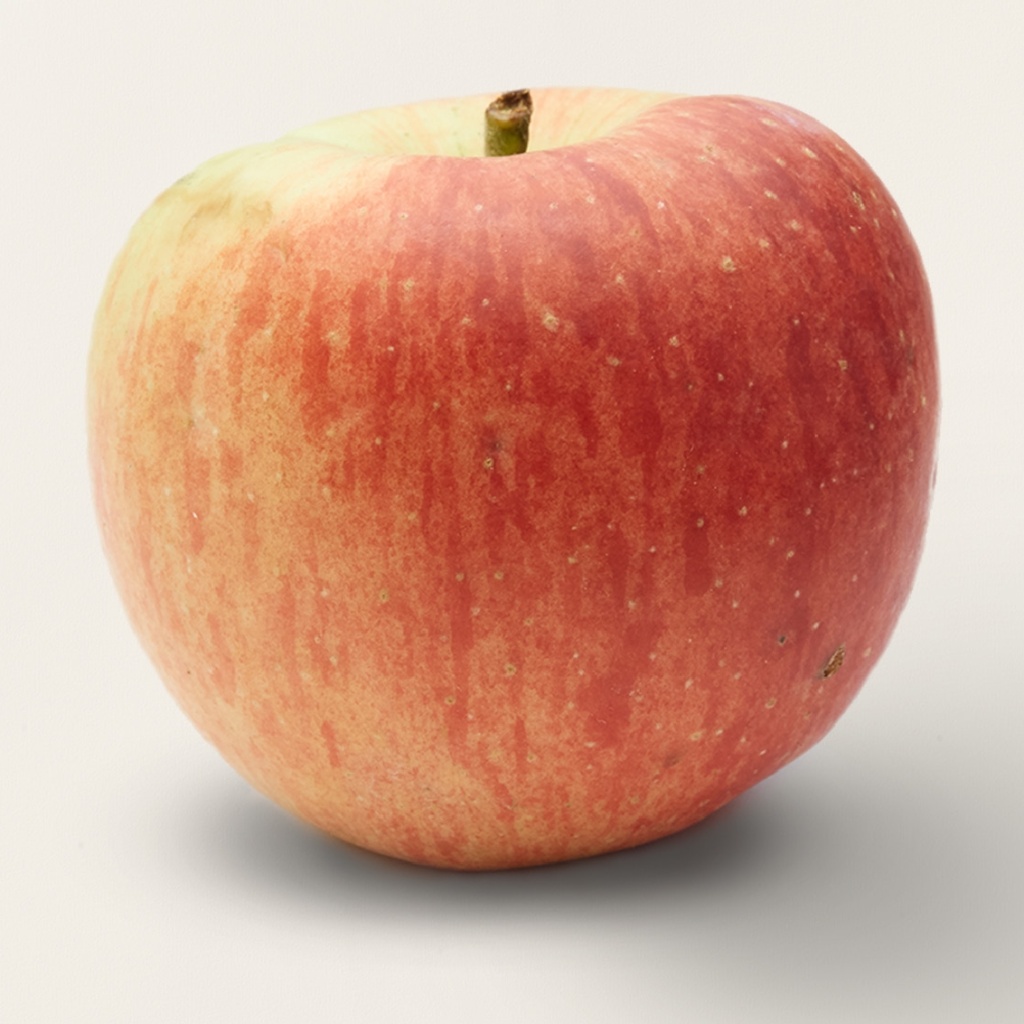

Jonathan
The Jonathan originated in the USA and was introduced to Europe in 1880. This eating apple is quite juicy, nicely tart and subtly aromatic with a beautifully balanced flavour. It’s harvested in September and can be stored until May.
Elstar
The Elstar was cultivated in the Netherlands in 1972. It’s a popular eating apple with firm flesh, a high natural sugar content, refreshing acidity and a spicy yet fruity flavour. The tree has relatively strong growth and doesn’t lose its leaves until late into the autumn. That does make it susceptible to frost damage in winter.
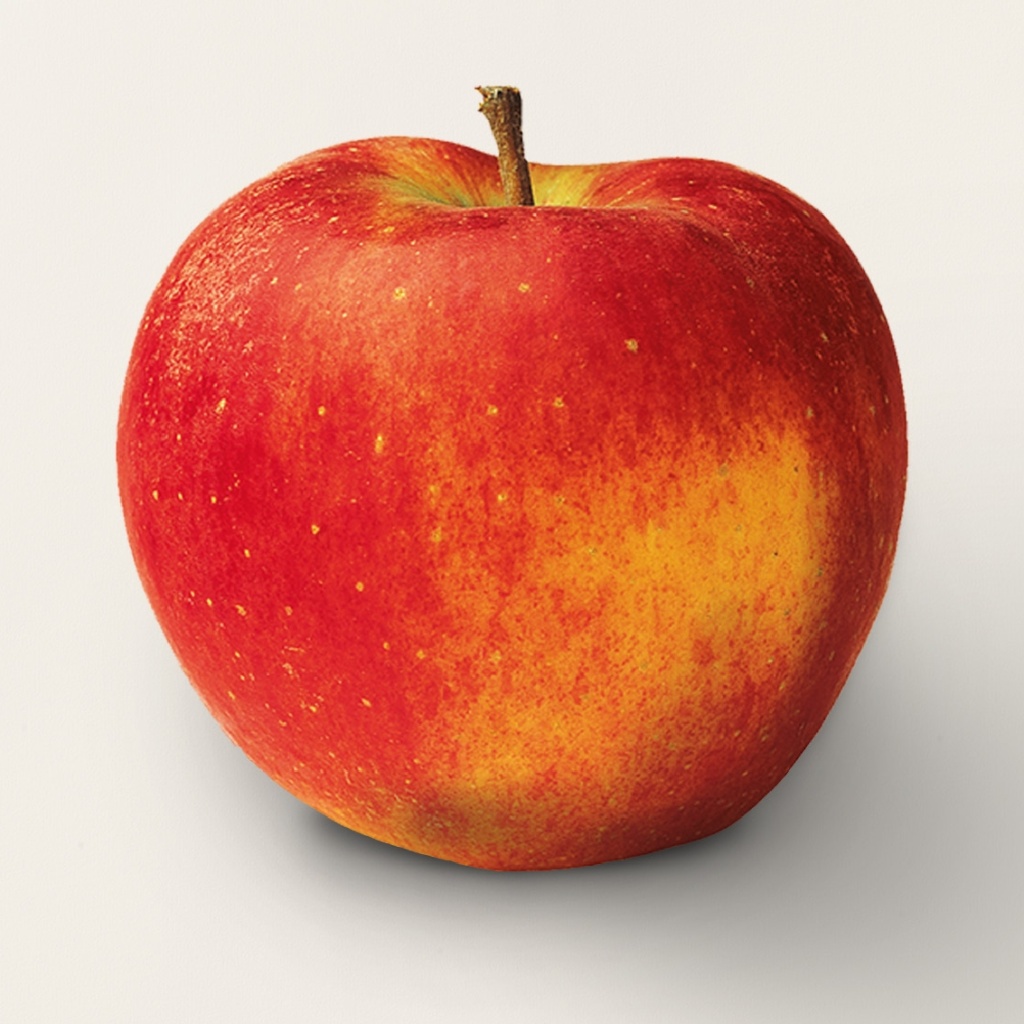

golden delicious
The Golden Delicious originated in the USA in 1890. Its flesh is mild with an extremely low acid content. That explains why these apples are often used in baby food, along with Gala apples. The apples can be stored all year round.
The tree bears fruit very early and delivers high yields regularly. The Golden Delicious is the most commonly grown variety of apple in Europe.